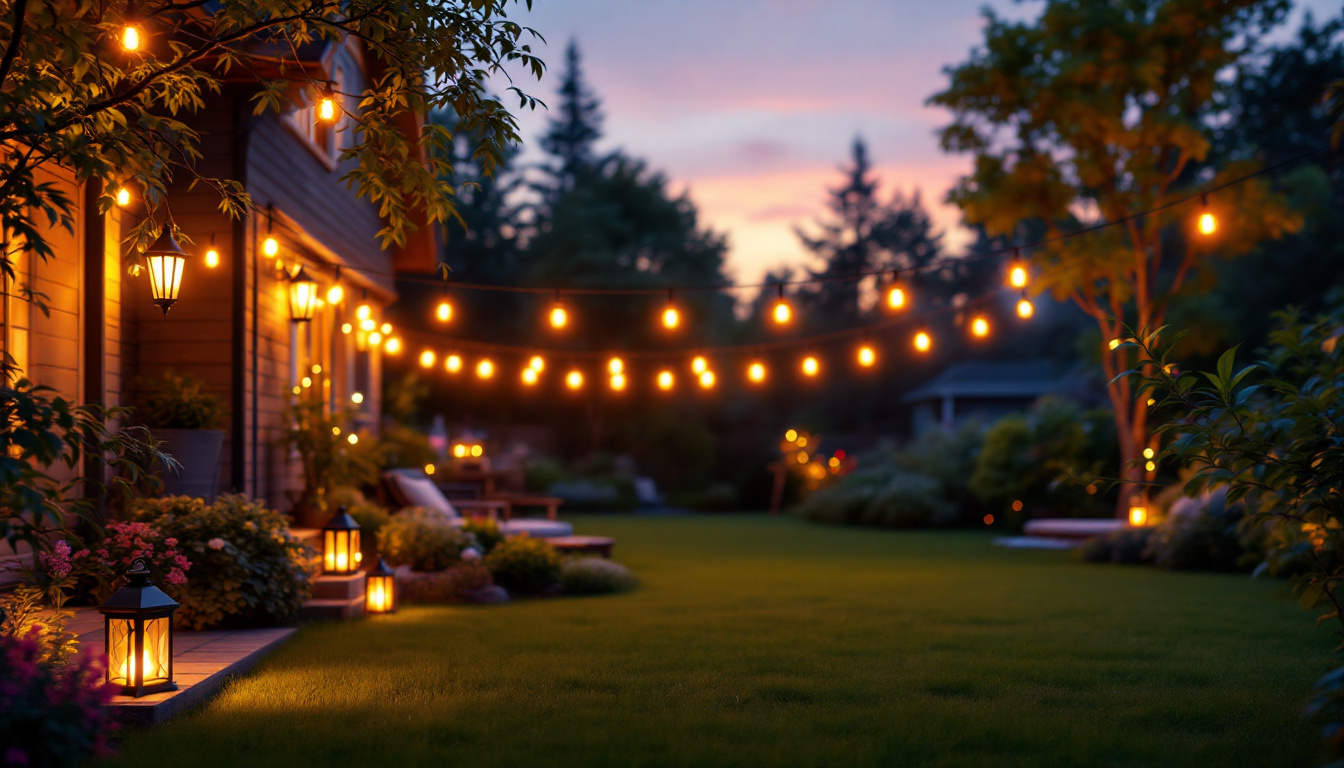
When it comes to enhancing outdoor spaces, proper lighting plays a crucial role. For lighting contractors, understanding the intricacies of backyard lighting is essential to delivering exceptional results. This checklist serves as a comprehensive guide to ensure that every aspect of backyard lighting is meticulously planned and executed.
Before diving into the technical aspects of lighting installation, it is vital to grasp the client’s vision. This step lays the foundation for a successful project and ensures that the final outcome aligns with the client’s expectations. By understanding their aspirations, we can create a space that not only meets their needs but also enhances their enjoyment of the outdoor environment.
Begin with an in-depth consultation to discuss the client’s preferences, lifestyle, and how they envision using their outdoor space. Questions to consider include:
Taking detailed notes during this consultation will help in developing a tailored lighting plan that meets the client’s needs. Additionally, it may be beneficial to share examples of previous projects or mood boards to inspire the client and clarify their vision. This collaborative approach fosters a sense of partnership, ensuring that the client feels heard and valued throughout the design process.
A thorough site assessment is crucial for understanding the physical characteristics of the backyard. Factors such as landscaping, existing structures, and potential obstacles should be evaluated. Consider the following:
Documenting these elements will aid in creating a practical and aesthetically pleasing lighting design. During this phase, it’s also important to assess the surrounding environment, including neighboring structures and vegetation, which can influence light placement and intensity. Observing how natural light interacts with the space at different times of day can provide valuable insights into the best lighting solutions, ensuring that the design not only enhances visibility but also harmonizes with the natural beauty of the landscape.
With a clear understanding of the client’s vision and the site characteristics, the next step involves designing a comprehensive lighting plan. This plan should encompass various lighting techniques and fixtures to achieve the desired effect. A successful lighting design not only enhances the aesthetic appeal of a space but also ensures safety and usability during nighttime hours, creating an inviting atmosphere for both residents and guests.
Different types of lighting can be utilized to create a well-rounded outdoor space. The primary categories include:
Choosing the right fixtures is essential for both functionality and aesthetics. Factors to consider include:
Providing clients with a selection of fixtures can help them feel more involved in the decision-making process and ensure their satisfaction with the final look. Additionally, showcasing various styles, from modern to rustic, can inspire clients and help them visualize how different options can transform their outdoor space.
The layout of the lighting plan should be carefully considered to achieve the best results. Key points to address include:
A well-thought-out layout will facilitate a seamless installation process and enhance the overall functionality of the lighting system. Furthermore, incorporating smart lighting technology can provide clients with the ability to control their outdoor lighting remotely, allowing for customization based on mood or occasion. This modern approach not only adds convenience but also elevates the outdoor experience, making it adaptable to various events and gatherings.
Once the design is finalized, attention must turn to the electrical aspects of the project. Proper planning in this phase is critical to ensure safety and compliance with local codes.
Assessing the power supply is a fundamental step in the installation process. Contractors should determine:
Consulting with an electrician may be necessary to address any concerns regarding power supply and safety standards.
Proper wiring and connections are essential for the functionality and longevity of the lighting system. Key considerations include:
Taking the time to ensure proper wiring will minimize the risk of issues down the line and enhance the reliability of the lighting system.
Every lighting installation must adhere to local codes and regulations. This includes:
Staying informed about local regulations will not only ensure compliance but also protect the contractor from potential liabilities.
The installation phase is where the planning and design come to life. A systematic approach will lead to a successful and efficient installation.
Before starting the installation, gather all necessary tools and materials. This includes:
Having everything on hand will streamline the process and reduce the likelihood of delays.
Begin by installing the fixtures according to the lighting layout. Important steps include:
Attention to detail during this phase is crucial for achieving the desired lighting effects and ensuring the longevity of the installation.
Once installation is complete, it is essential to test the entire lighting system. This involves:
Testing the system thoroughly will help identify any problems early on, allowing for prompt resolution before the project is completed.
After the installation is complete, ongoing maintenance and follow-up are essential for ensuring the longevity and effectiveness of the lighting system.
Educating clients about the maintenance of their new lighting system is crucial. Key points to cover include:
Providing clients with this information empowers them to care for their lighting system effectively.
Encourage clients to schedule regular inspections of their lighting system. This can help identify potential issues before they become significant problems. During these inspections, consider:
Regular maintenance not only prolongs the life of the system but also ensures that the outdoor space remains beautifully illuminated.
Following up with clients after the installation is complete can enhance customer satisfaction and lead to future referrals. This can include:
A proactive approach to client relationships can foster loyalty and enhance the contractor’s reputation in the industry.
Backyard lighting is a multifaceted project that requires careful planning, execution, and ongoing maintenance. By following this comprehensive checklist, lighting contractors can ensure that they deliver exceptional results that meet and exceed client expectations. From understanding the client’s vision to ensuring compliance with local codes, each step plays a vital role in the success of the project. Ultimately, well-executed backyard lighting not only enhances the beauty and functionality of outdoor spaces but also contributes to the overall satisfaction of clients.
Ready to elevate your backyard lighting projects with the finest selection of spec-grade lighting products? Look no further than LumenWholesale, where our commitment to quality, affordability, and convenience shines bright. We offer contractors an unbeatable combination of top-quality lighting solutions at wholesale prices, with the added benefits of free shipping and no hidden fees. Transform your outdoor lighting designs into stunning realities with our extensive range of high-performance lighting. Take the first step towards a more beautiful and functional outdoor space by visiting Wholesale Lighting at the Best Value today.
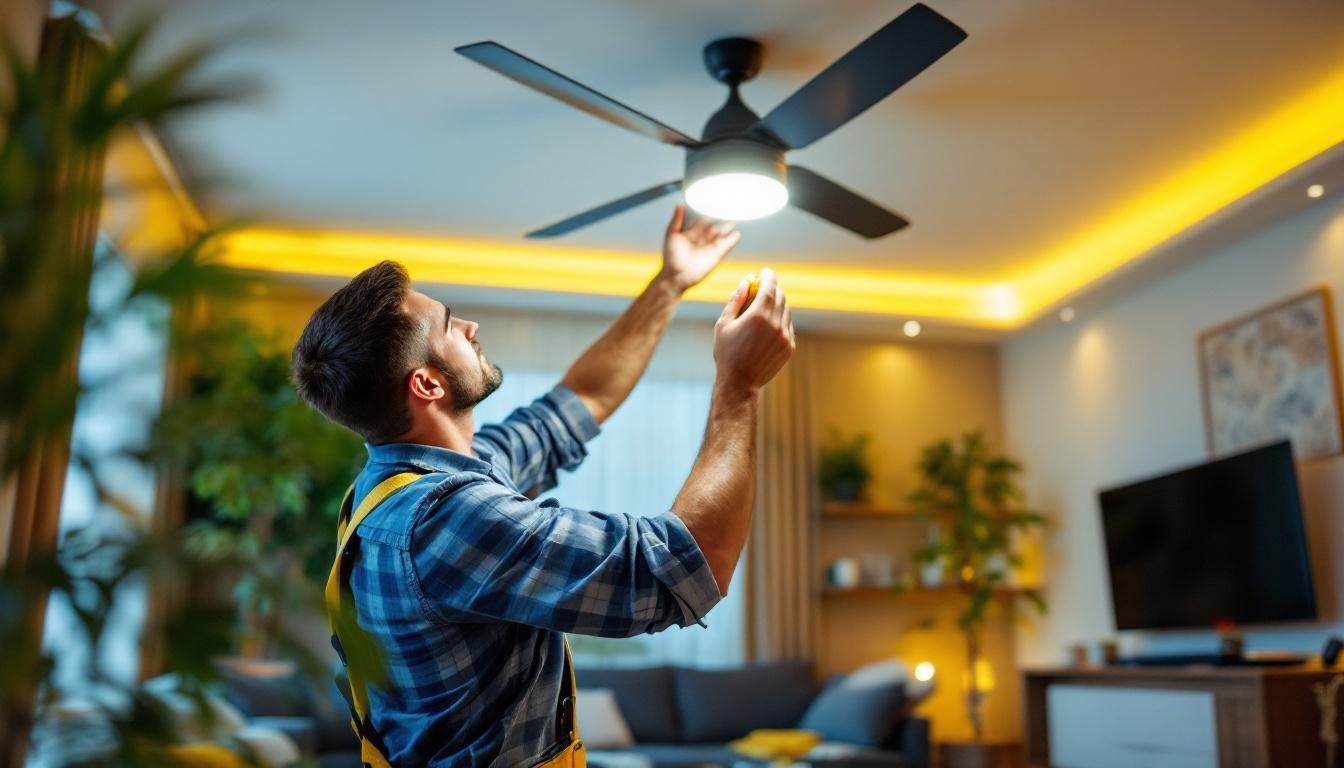
Discover the crucial role ceiling fan lighting kits play for lighting contractors in enhancing functionality and aesthetics.
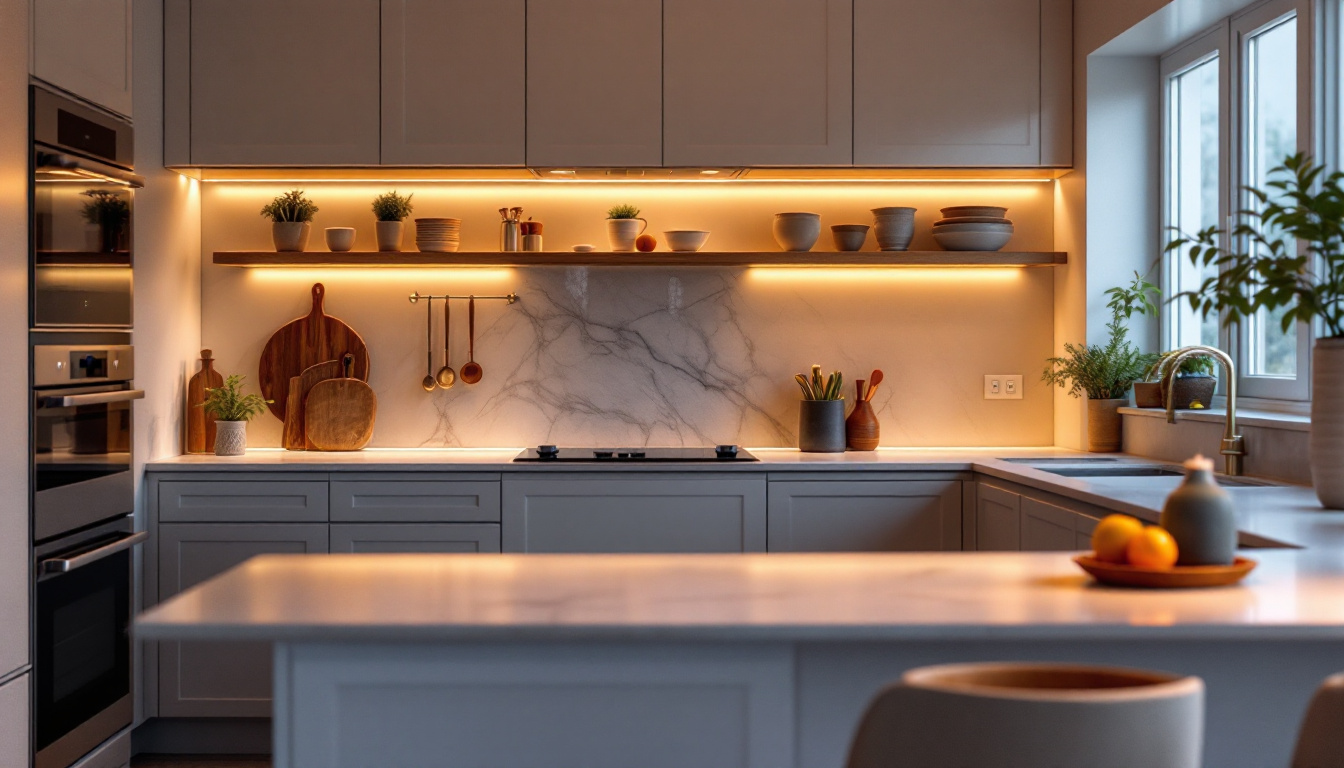
Discover why under cabinet lights are essential in kitchen lighting installations.
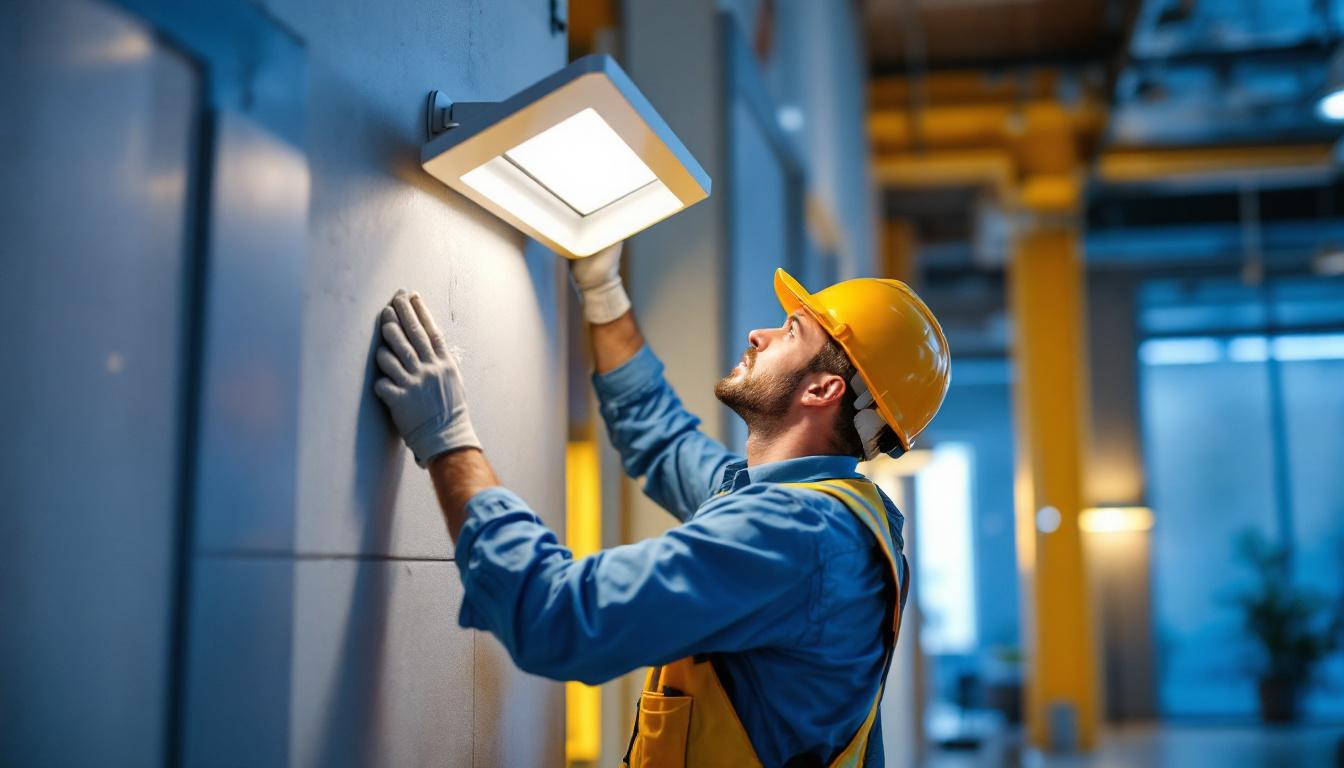
Discover the ultimate wall shields guide for lighting contractors—learn key benefits, installation tips, and industry stats to enhance safety, efficiency, and project success..
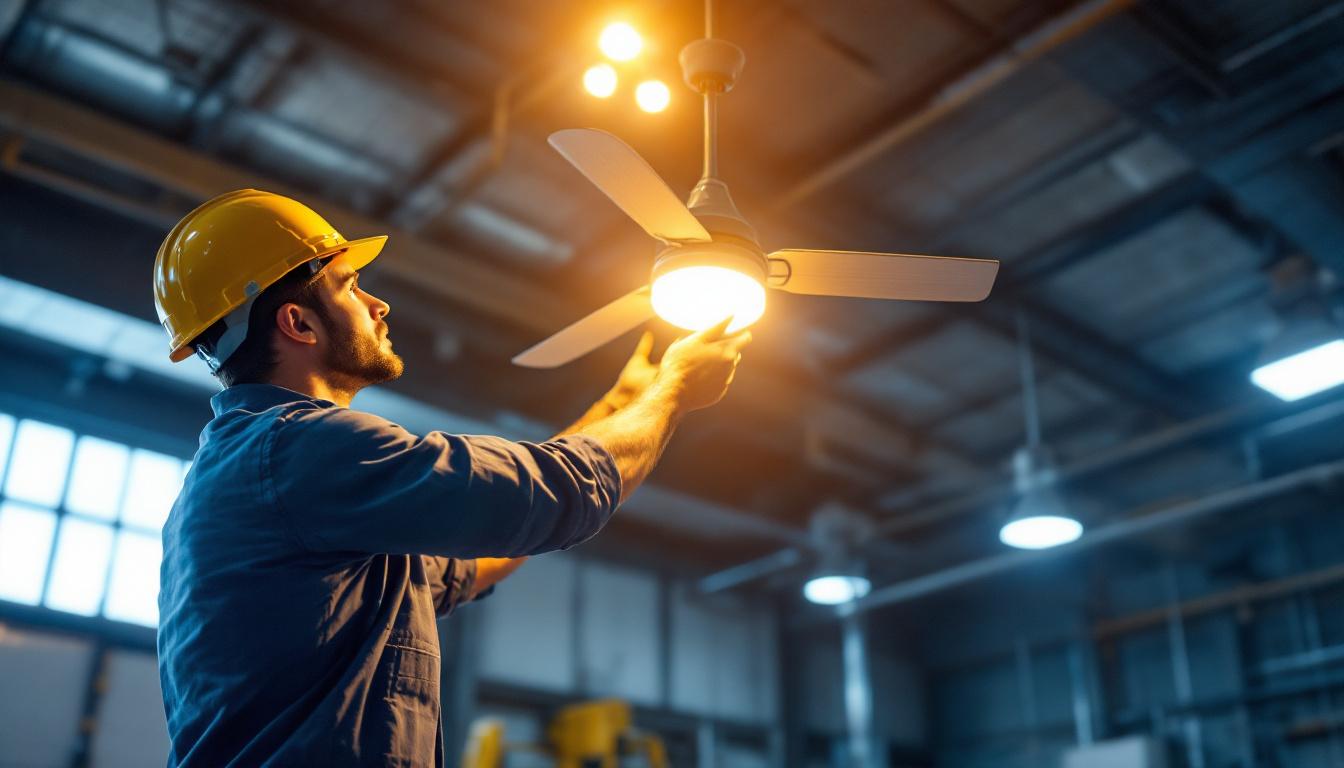
Discover the pitfalls lighting contractors often encounter when installing industrial ceiling fans.